In 2025, the CDC reported a steep rise in norovirus outbreaks—and like most families with small children, we weren’t spared. I was down for five brutal days, barely able to keep anything down. What I didn’t realize at the time was that my milk supply was quietly tanking.
At first, I didn’t notice. But then my baby who had been sleeping through the night started waking up multiple times and couldn’t be soothed back down. I had a “wait… duh” moment and texted my lactation consultant.
She told me to pump and see what my body was actually producing.
I waited three hours after the last feed, pumped, and panicked. I barely produced anything. I immediately sent her a photo and asked: “Is this the end of my breastfeeding journey?”
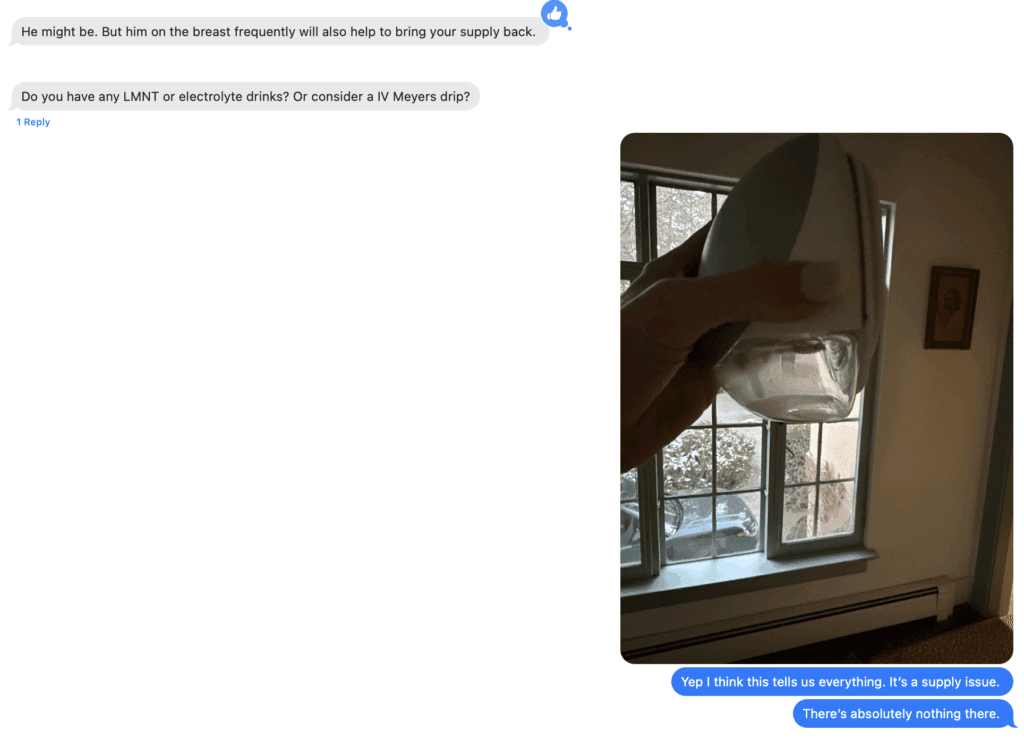
She told me we didn’t have enough data yet but gave me a clear plan. Here’s what she recommended, plus a few things I added myself that ultimately helped me bring my supply back.
The 13 THINGS I DID TO GET MY BREASTMILK SUPPLY BACK
- Hydration: 140oz minimum every day
This was non-negotiable. I kept a 40oz water bottle on hand at all times and made sure I was refilling it constantly. - Electrolytes
I drank multiple electrolyte packets a day. LMNT is a great option if you’re only drinking 1 a day because the sodium content is so high. Because I was drinking multiple a day, I ended up using Ultima electroytes as it has one of the lowest amounts of sodium.- For reference, LMNT contains 1000mg of sodium per serving and Ultima contains 55mg of sodium per serving. FlavorCity is also a good option if you’re wanting organic, clean ingredients. My favorite is the strawberry limeaide.
- Daily coconut water
I drank a 33oz Kirkland coconut water every day and often mixed in my electrolyte packet. Double hydration!
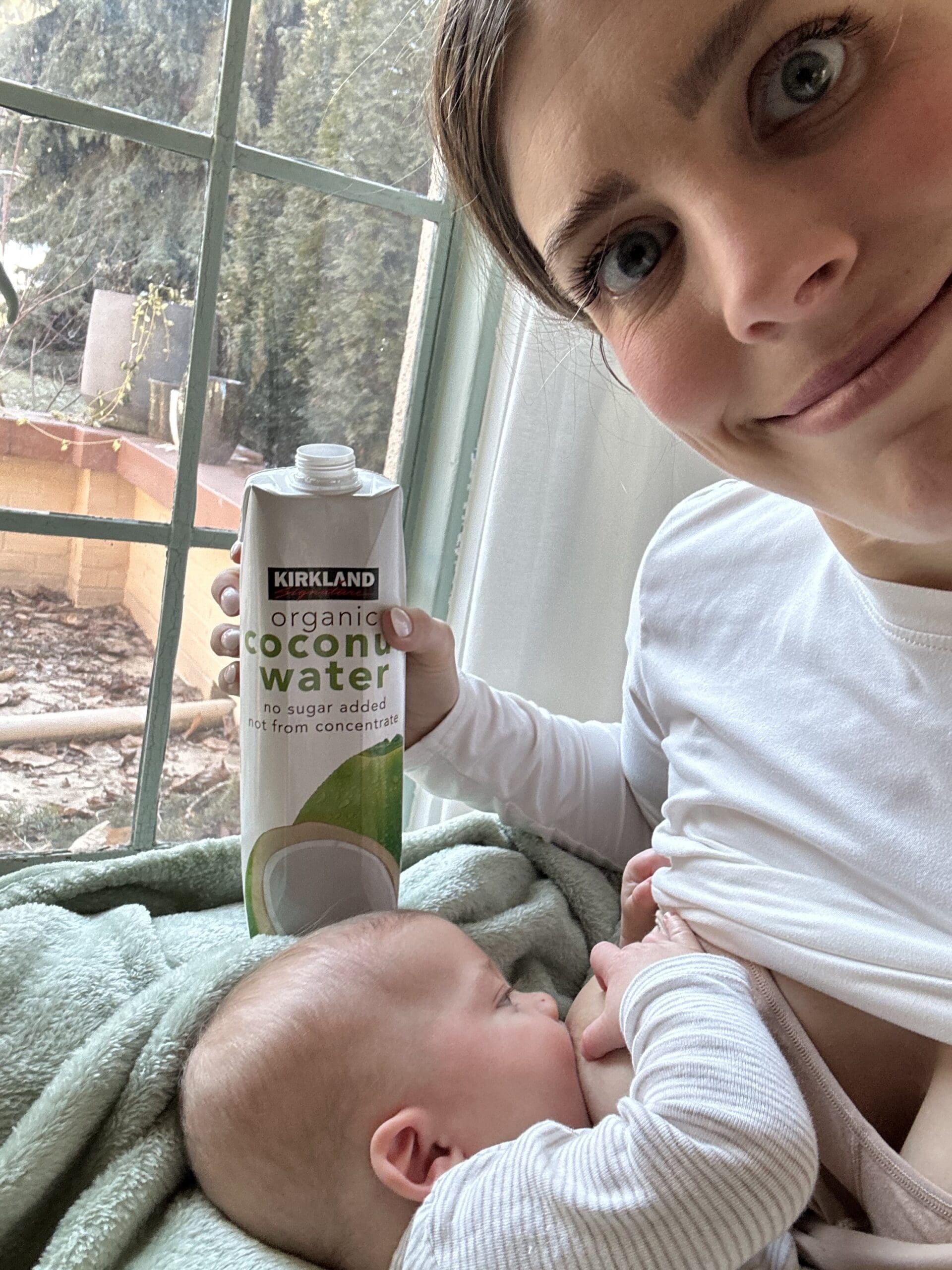
- Moringa tea, morning and night
Moringa has been shown to support prolactin production and boost milk supply. I took capsules and drank Moringa Tea twice a day. More on that below. - Pumped after every single feed
Yes, it’s a grind. But I committed. I followed a personalized schedule from my LC and even added in extra sessions when I could. (Schedule shared below.) - Avoided anything with fenugreek
My lactation consultant told me to skip it. It can actually lower supply in some people (more on that in the next section). - Ate 5+ homemade lactation cookies daily
Yes, five. I created my own high-fat, nutrient-dense version of the classic. Recipe below.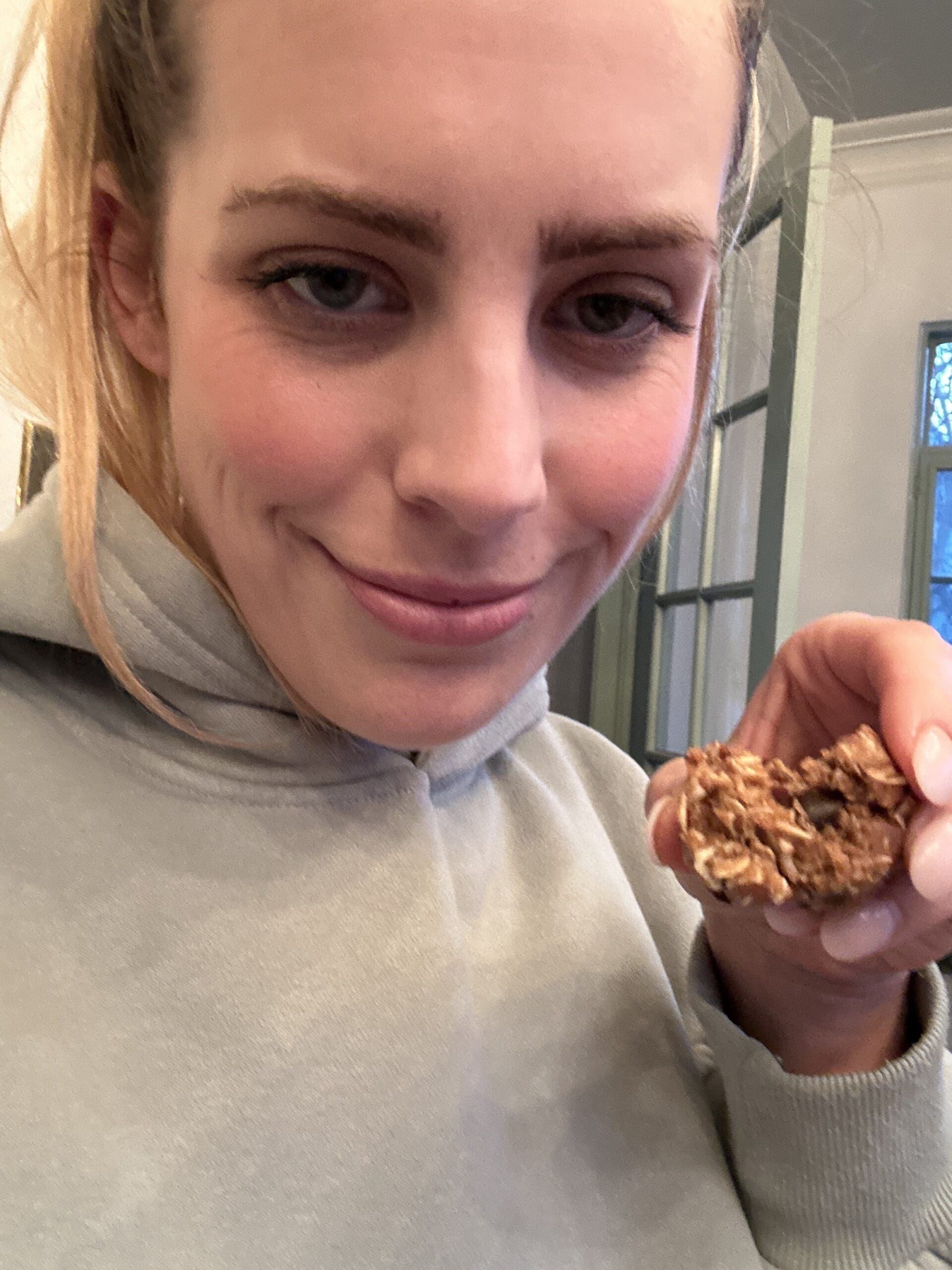
- Took a natural supplement: Pump It Up
While my LC didn’t endorse it either way, I’ve personally noticed small gains when I take it consistently. There are many out there, the one I used was Pump It Up. - Adjusted my expectations
It took over two weeks for my supply to return to baseline. This isn’t a 48-hour fix. It’s slow, marginal gains that add up. Go in knowing that and don’t give up early. - Prioritized sleep
I went to bed as soon as my baby did. No late-night scrolling, no extra chores. I aimed for at least 8 hours. - Ate like it was my job
I focused on high-quality fats and protein. Think: ground beef, salmon, nut butters, eggs, and avocado. It felt like the reset my body needed to fuel and restart production. - Tried to reduce stress
This one’s harder to quantify, but it matters. I took baths, read books, asked my husband for foot rubs, and reminded myself not to spiral about every bottle. Stress affects letdown. Period. - I gave it 110%.
It wasn’t an option for me to not get my supply back, so I went in with the mindset that I wasn’t going to give up. It’s A LOT of work, and you have to commit. For me, quitting wasn’t an option.
The two images below shows how much my supply increased over the course of 2 weeks.
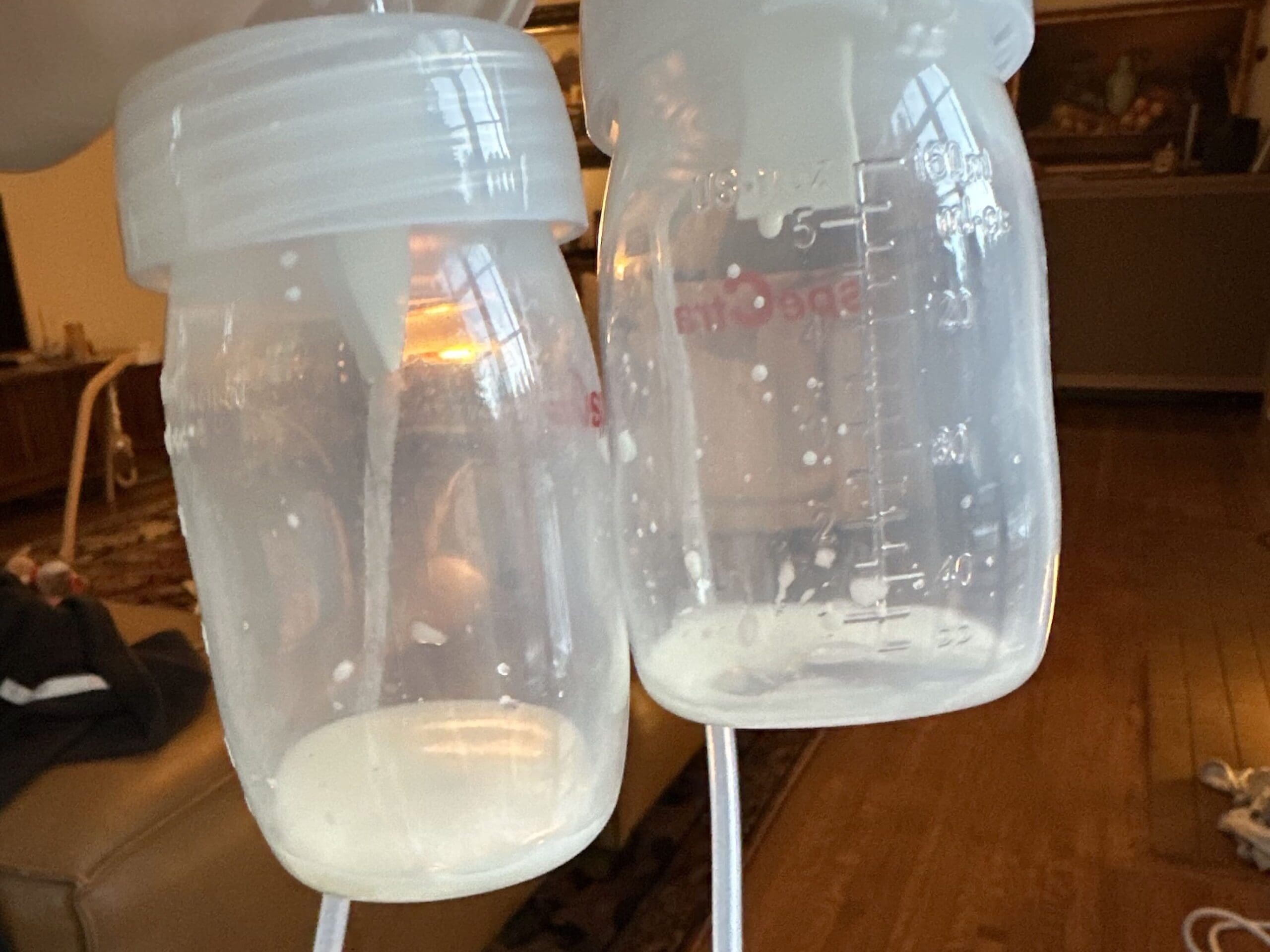
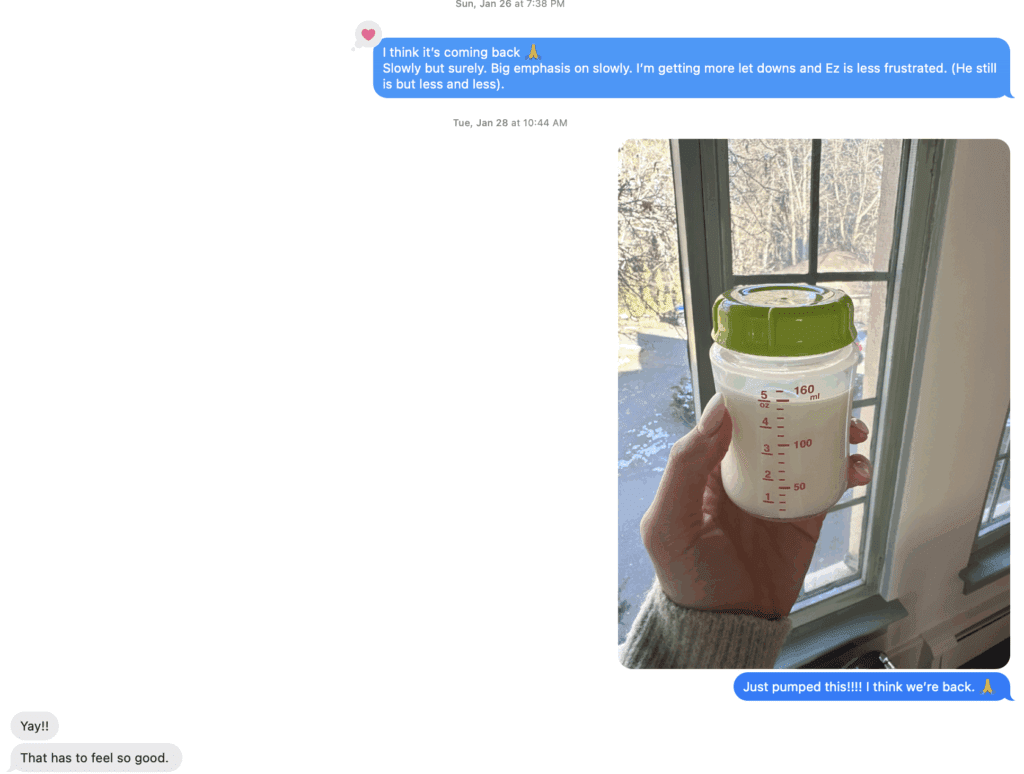
Other considerations:
Should you supplement your baby while you get your supply back?
Talk to your pediatrician or LC. I used my freezer stash to supplement during the first few days. I also used a Hatch Baby Scale to track how much my baby was taking in at each feed. At first, I had to supplement nearly the full 30oz per day. But after about four days, I was able to cut that in half, and eventually phase it out entirely as my supply rebounded.
Fenugreek: What You Should Know
Fenugreek is one of the most popular herbs in lactation products, but also one of the most controversial. Some parents swear it helped them double their output. Others, like me, were warned off it entirely. Research is mixed, and many lactation consultants (mine included) now see more harm than help.
Why the concern?
Fenugreek may negatively impact supply in some people, especially those with thyroid issues. Side effects can include bloating, GI distress, and even reduced production. It’s also known for causing a maple syrup scent (which, depending on your POV, is either mildly alarming or just…weird).
If you’re trying everything to increase supply, it’s worth skipping.
What is Moringa? (And why it’s a better option)
Moringa (or malunggay) is a plant widely used in Southeast Asia during postpartum. It’s packed with nutrients and has been shown in small studies to boost prolactin levels and support milk production—especially in the early stages of breastfeeding or during dips.
It’s high in iron, calcium, and vitamins A and C, and is generally well-tolerated. I took one Moringa capsule each morning and drank Moringa tea twice a day.
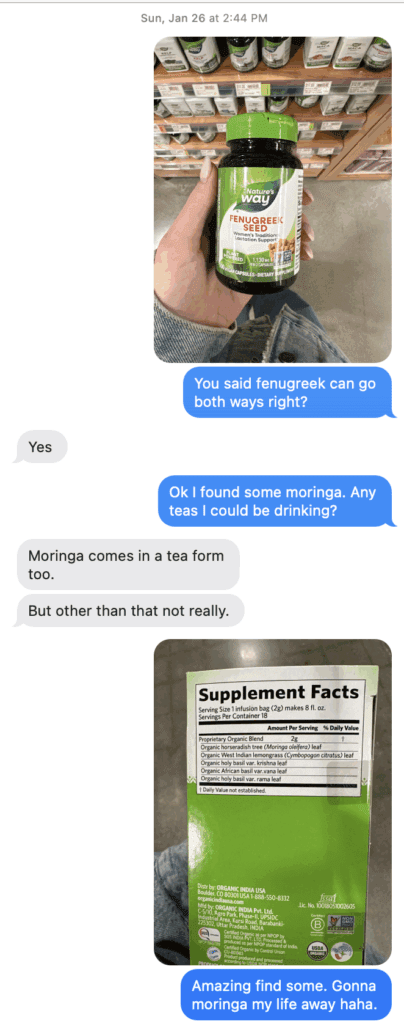
My Pumping Schedule (and What Actually Helped)
Here’s what I did daily:
- Nursed every 3 hours during the day
- Nursed 2x overnight
- Pumped for 15–25 minutes after each feed
- Did 1 daily power pump for 4 days straight
Even if my baby wasn’t getting m uch milk at the breast, the nursing + pumping combo helped signal my body to make more. For those first few days, I always had a bottle ready to offer afterward.
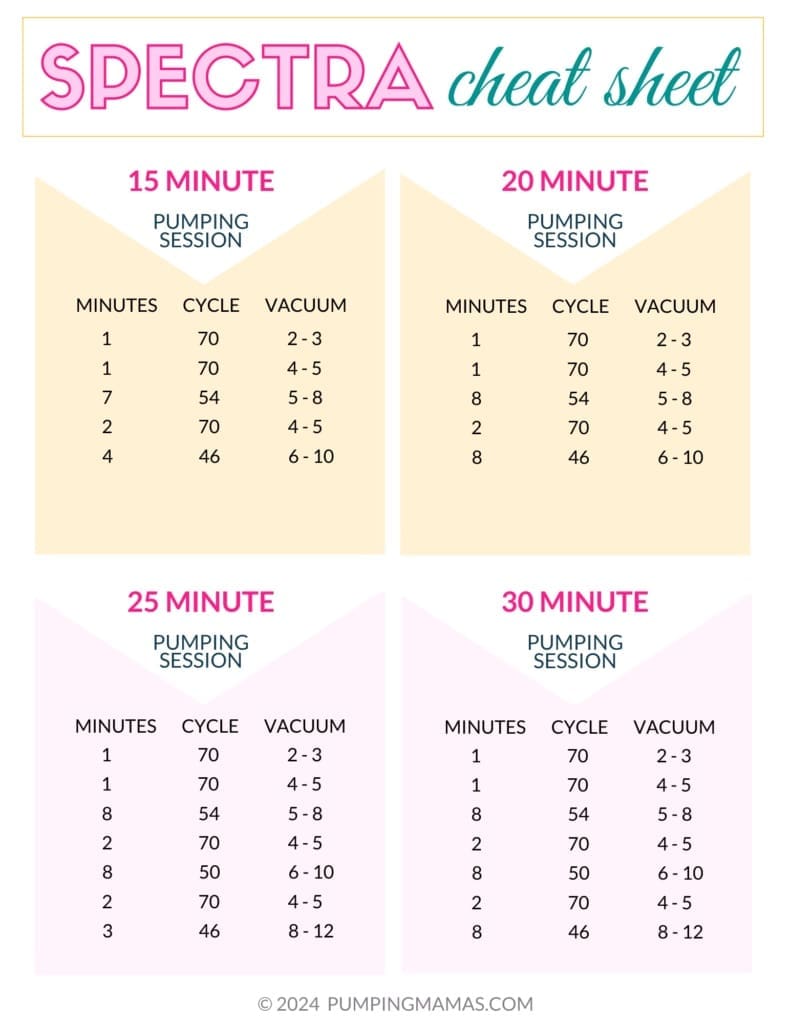
I also did 1 power pump each day for 4 days to mimic a cluster feed. This was the cheet sheet I used.
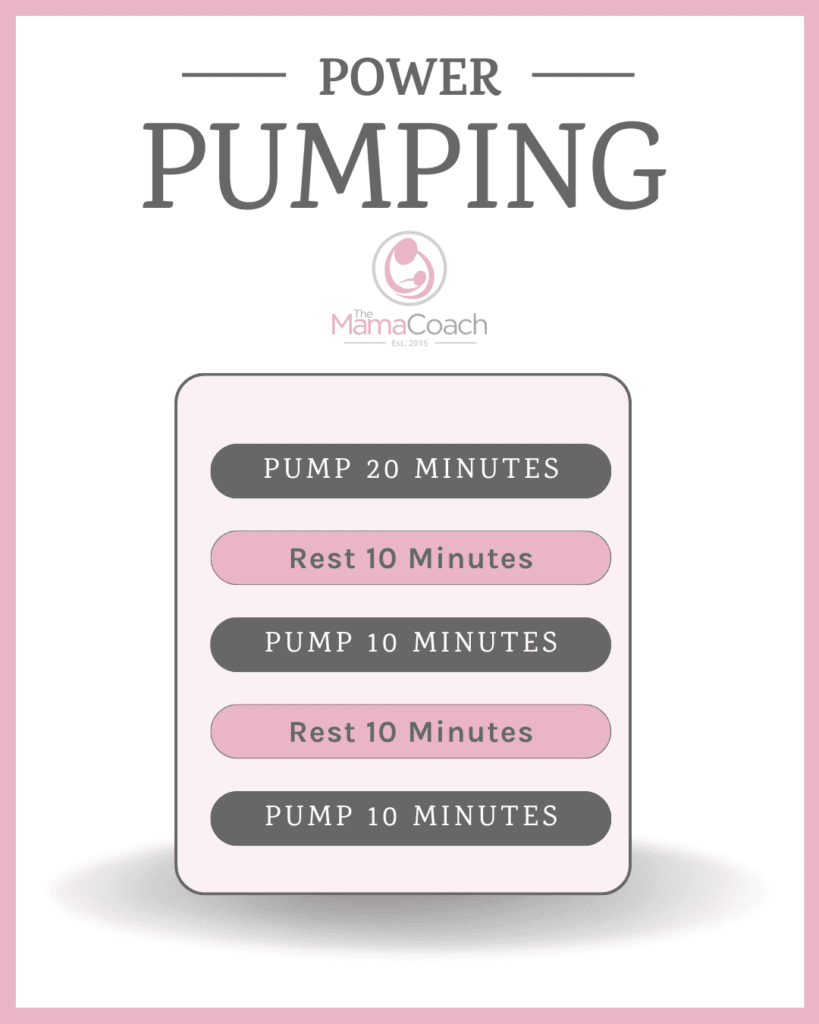
Lindsay’s Lactation Cookies (The Midnight Snack I Swear By)
These started as a gift from a friend and turned into a full-blown nightly ritual. They’re loaded with healthy fats and have just enough chocolate to make me feel like I’m treating myself.
I ended up creating my own version of what existed, and made them a bit more nutrient dense and have been trying to perfect the perfect texture. I go extra heavy on the nut butters and honey.
Linday’s Lactation Cookie Recipe:
Ingredients:
- 2 cups oats
- ½ cup whole flaxseeds
- 4 tbsp brewer’s yeast
- 1–2 cups nut butter (I mix almond + peanut)
- ½ to 1 cup honey
- 1 tsp vanilla
- ½ cup dark chocolate chips
- ¼ cup shredded coconut
Directions:
- In a stand mixer with paddle attachment, mix all ingredients except chocolate chips.
- Adjust oats, nut butter, and honey until you reach your preferred texture. Too sticky? Add more oats. Too dry? Add more nut butter or honey.
- Mix in chocolate chips.
- Scoop ¼ cup balls, roll tightly, and place on parchment paper.
- Chill in the fridge for 10 minutes, then store however you’d like.
Note: I prefer whole flaxseeds over ground—they help keep the texture soft, not crumbly.
Final Thoughts
Losing your supply is terrifying. Especially when it’s something outside your control like illness. But it doesn’t have to be the end of your breastfeeding journey.
With the right support, strategy, and sheer determination (plus hydration, nutrition, and maybe a cookie or five), it’s possible to bounce back!
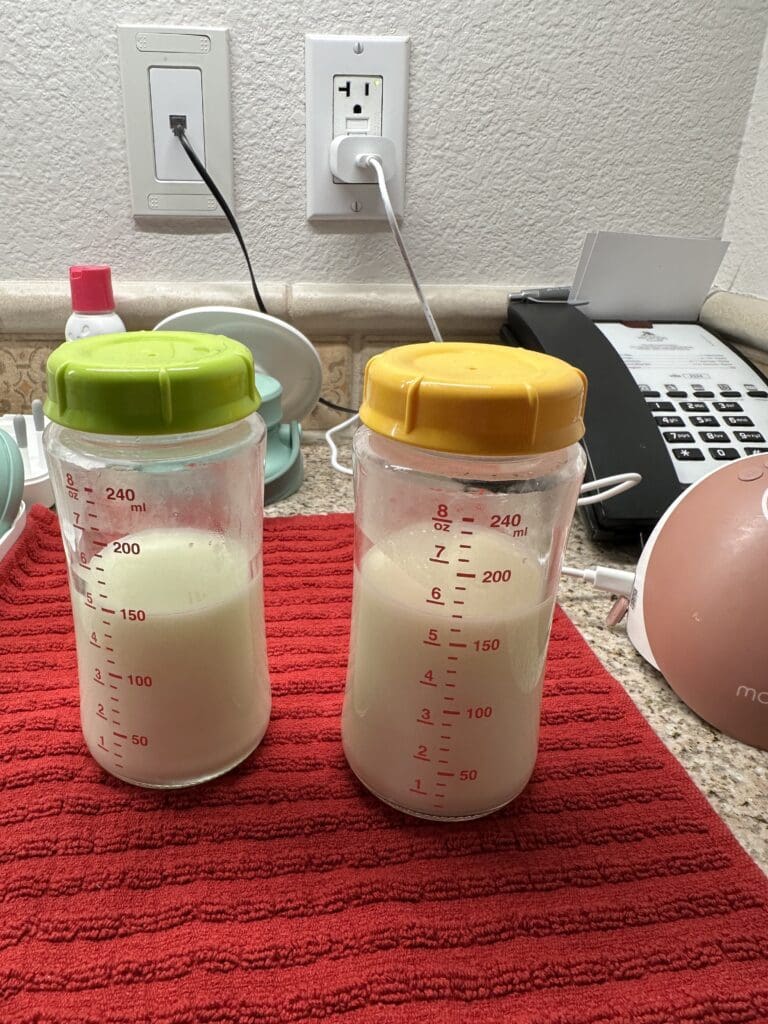
Disclosure: This is a review blog which may get compensated for the products reviewed by the companies who produce them. All of the products are tested thoroughly and I only endorse products I believe in. I am an independent blogger and the reviews are done based on my own opinions.
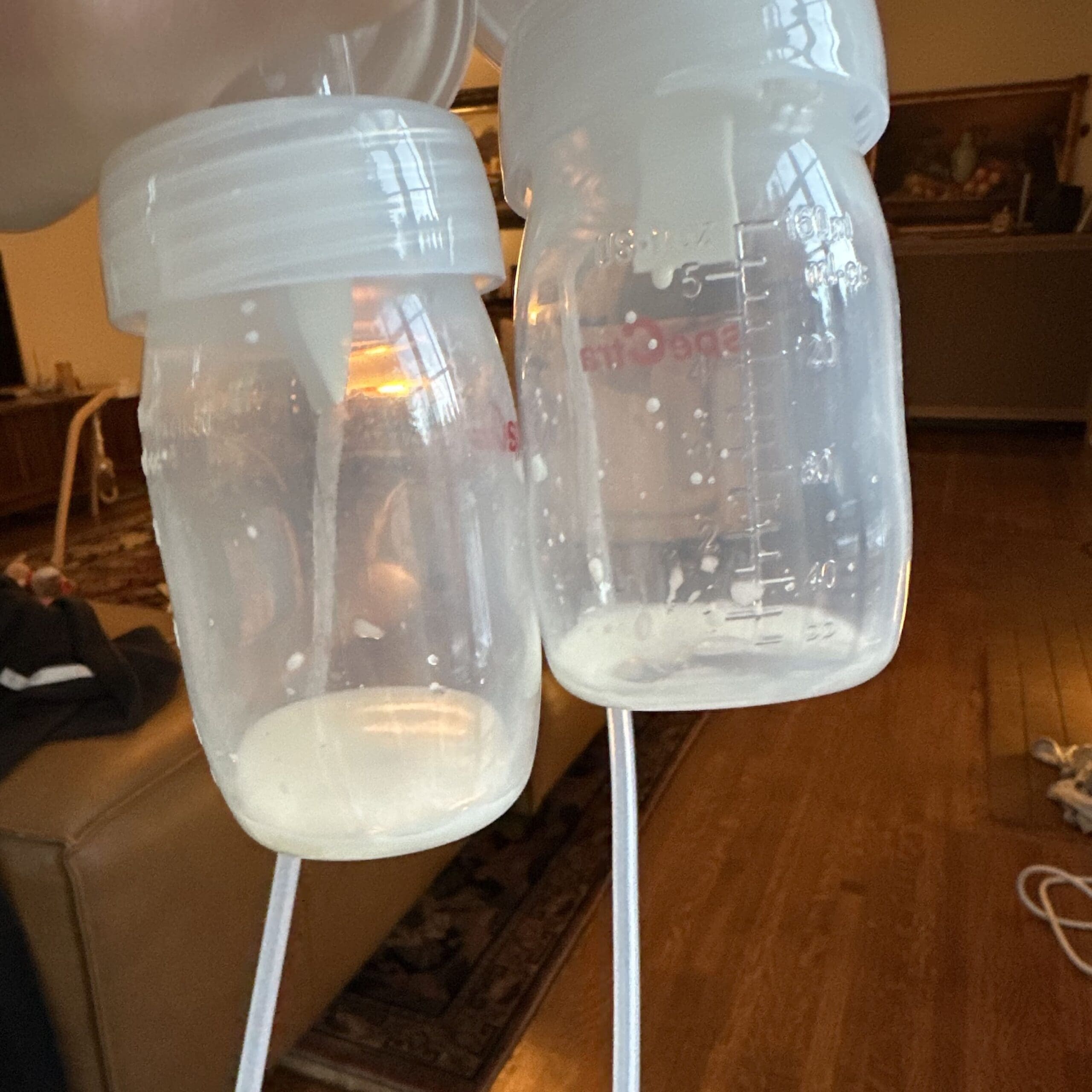
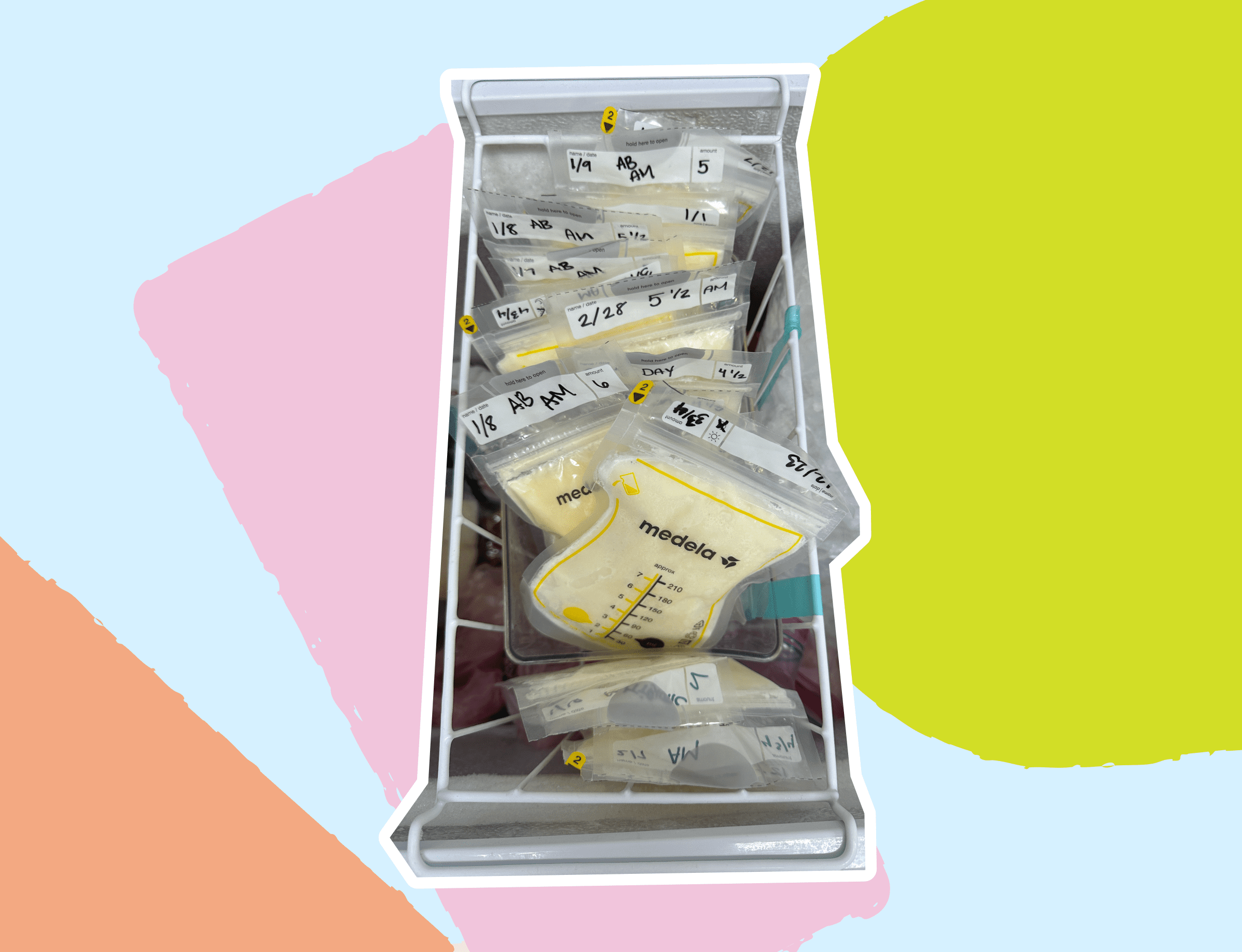
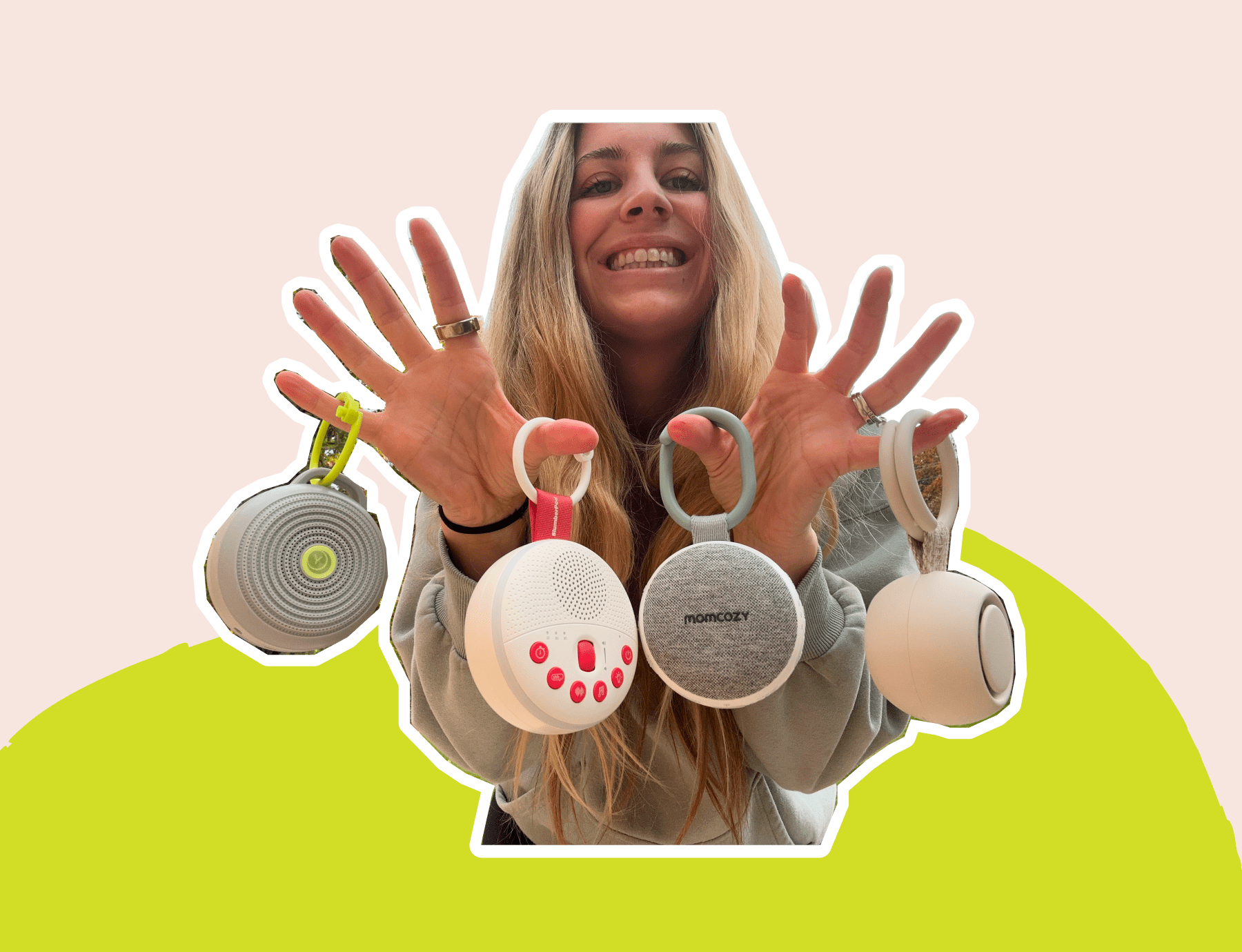



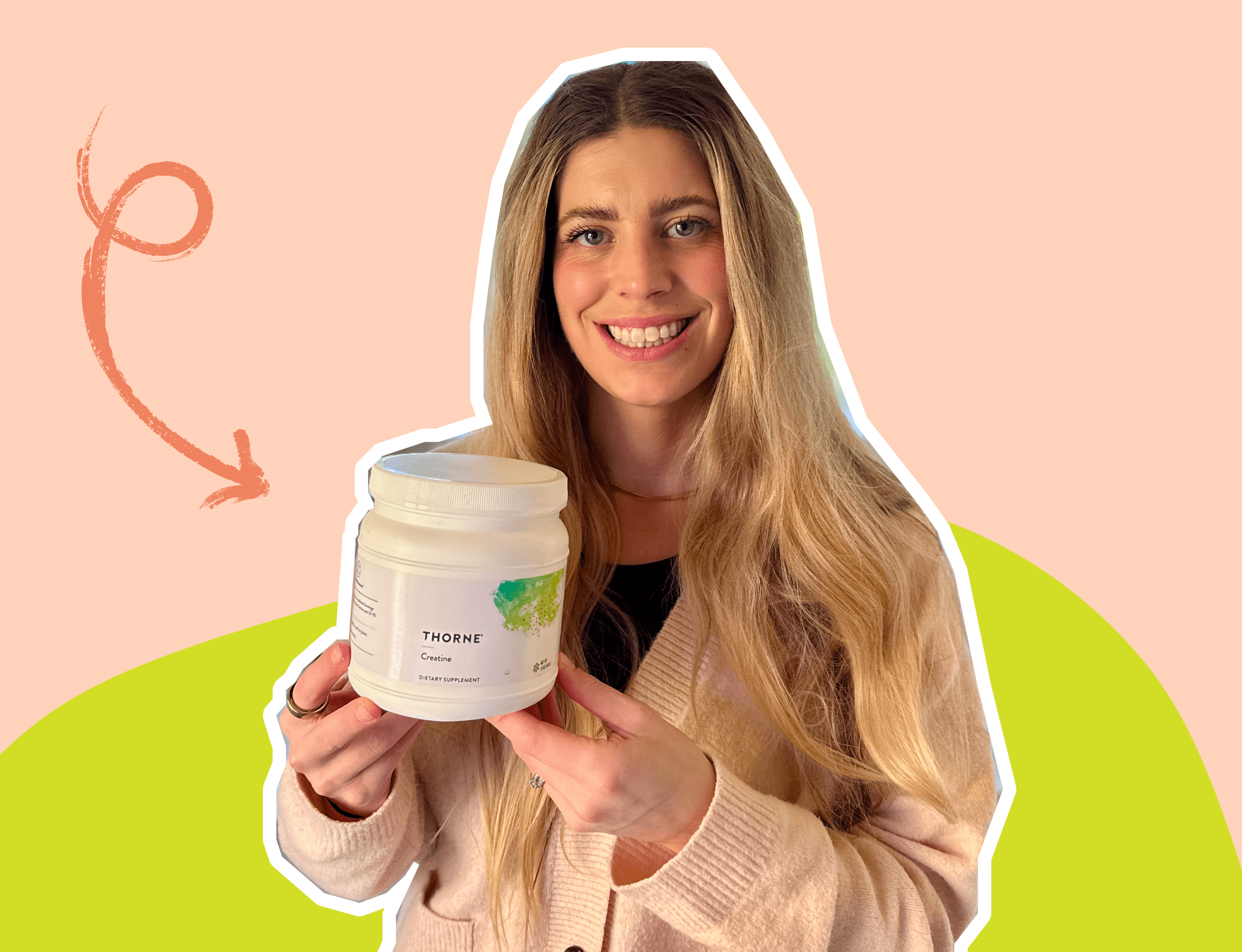



View comments
+ Leave a comment